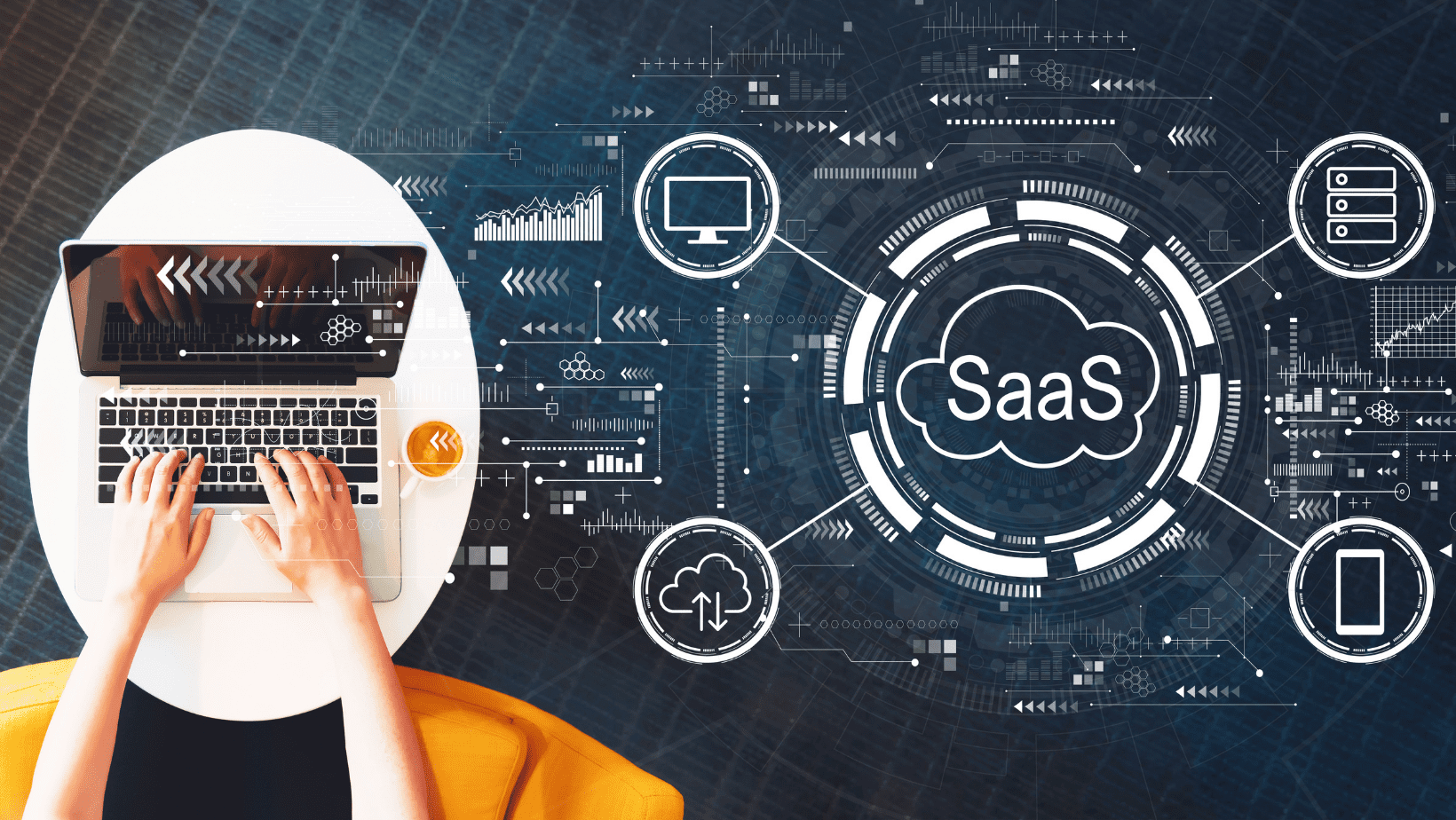Why SaaS ERP Has Become the Standard for Modern Businesses
Software as a Service (SaaS) has revolutionized how businesses access and manage their enterprise resource planning (ERP) solutions. SaaS software is hosted by data servers in commercial data centers that allow the software to be accessed through the internet, often making the software accessible anywhere there is a device with permission to access it. The top SaaS ERP hosting companies are Amazon Web Services and Microsoft.
The debate between SaaS and on-premise ERP is essentially over for most organizations. SaaS ERP offers unmatched flexibility, scalability, and cost-efficiency, making it the clear choice for businesses of all sizes.
If you haven’t yet transitioned to a modern ERP solution, now is the time. SaaS ERP not only simplifies operations but also future-proofs your business and allows your business to grow rapidly without additional hardware and maintenance costs.
Benefits of Moving to a Modern SaaS ERP
Switching to a SaaS ERP solution offers numerous advantages over traditional on-premise systems. Here are 5 reasons companies are moving to SaaS solutions:
- Cost Savings SaaS eliminates the need for expensive hardware, infrastructure, installation and maintenance costs.
Here’s how it saves money:
- Shared Infrastructure: Vendors usually host the software on shared infrastructure, reducing individual costs for customers. Dedicated servers are also available at additional cost.
- Lower Maintenance Costs: Updates, backups, and troubleshooting are managed by the vendor, freeing up internal resources.
- Pay-As-You-Go: SaaS pricing models, typically based on annual subscriptions, allow businesses to pay for what they use without large upfront investments. For instance, your business is suddenly growing organically. Call your SaaS host and tell them you need more room! Usually they will have it ready for you well before you could even buy the necessary hardware or hire more IT people to maintain it.
Pro Tip: Always confirm that your SaaS vendor provides data portability (in other words, you maintain ownership of your data) as well as impressive up-time and strong data security.
- Faster ROI: With SaaS, businesses can achieve a return on investment (ROI) more quickly:
- Immediate Usability: SaaS solutions are usually installed on the hosted servers by the vendor, so businesses can start using them almost instantly. Users do not have to know how to install or configure hardware or accomplish many other tasks that come with on-premise software.
- Automatic Maintenance: No time will be wasted on managing upgrades or patches—vendors handle everything behind the scenes.
- Leaders like Dynamics 365 and Acumatica have been rated among the easiest ERP platforms to adopt, ensuring a quick path to ROI.
- Speed and Flexibility: SaaS ERP systems adapt to your business’s needs with:
- Scalability: Add or remove users and modules as your business evolves.
- Performance Optimization: SaaS infrastructure providers dynamically adjust server configurations to ensure fast, reliable performance.
- Seasonal Adjustments: Accommodate seasonal employees or temporary changes in usage seamlessly.
- Enhanced Mobility: Mobility is no longer optional for ERP systems. SaaS offers:
- Anywhere Access: Work from any location with an internet connection, depending on permissions, of course.
- Device Compatibility: Access your ERP from desktops, tablets, or smartphones without additional software installations.
- Collaboration: Easily connect remote and hybrid teams using the same platform.
- Upgrade Control: SaaS ERP gives businesses flexibility over software updates:
- Customizable Upgrades: Decide when to roll out updates to minimize disruptions during busy periods.
- Sandbox Testing: Test new features in a secure environment before going live.
- Seamless Customizations: Modern SaaS platforms, like Acumatica and Dynamics 365, allow customizations to operate outside the core codebase, ensuring upgrades don’t disrupt tailored workflows.
Why SaaS ERP Dominates
The advantages of SaaS ERP go beyond the above benefits. It’s a future-proof solution that:
- Adapts to Change: Businesses can scale up or down based on market demands.
- Integrates Seamlessly: Open APIs enable integration with existing tools and third-party applications.
- Promotes Innovation: Regular software updates ensure access to the latest features and technologies.
While on-premise ERP still has a role in specific industries with stringent regulatory or security requirements, the majority of businesses benefit significantly from SaaS ERP's modern, connected capabilities.
Top SaaS ERP Providers to Consider
Acumatica - the Cloud ERP
- Powered by AWS: Leverages one of the top cloud hosting platforms globally.
- Future-Proof Architecture: Open integrations allow seamless connection with other software.
- Bi-Annual Updates: Customers receive frequent enhancements to ensure cutting-edge functionality.
Dynamics 365 Finance and Operations
- Cloud Native: Fully hosted on Microsoft’s Azure platform.
- PowerBI Integration: Advanced analytics for real-time decision-making.
- Scalable for Enterprises: Tailored for medium to large corporations with complex needs.
Dynamics 365 Business Central
- Small Business-Friendly: Ideal for small to medium-sized businesses with robust reporting features.
- Global Community: Supported by millions of users worldwide.
- Growth Savvy: Per-user based licensing can make starting with a modern ERP affordable. As the company grows, so can the software.
At Clients First Business Solutions, we understand the challenges businesses face when transitioning to a modern ERP system. Our team of experts can:
- Guide you through the decision-making process.
- Customize ERP solutions to meet your unique needs.
- Ensure a smooth implementation with minimal disruption to your operations.
Ready to Transition to SaaS ERP? Contact Us Today!
Discover how SaaS ERP can revolutionize your business. Contact us to schedule a free consultation or live demo tailored to your organization.
.png?width=737&height=184&name=Contact%20Banner%20HubSpot%20(2).png)
 SaaS or On-Premise ERP Is No Longer a Choice">
SaaS or On-Premise ERP Is No Longer a Choice">